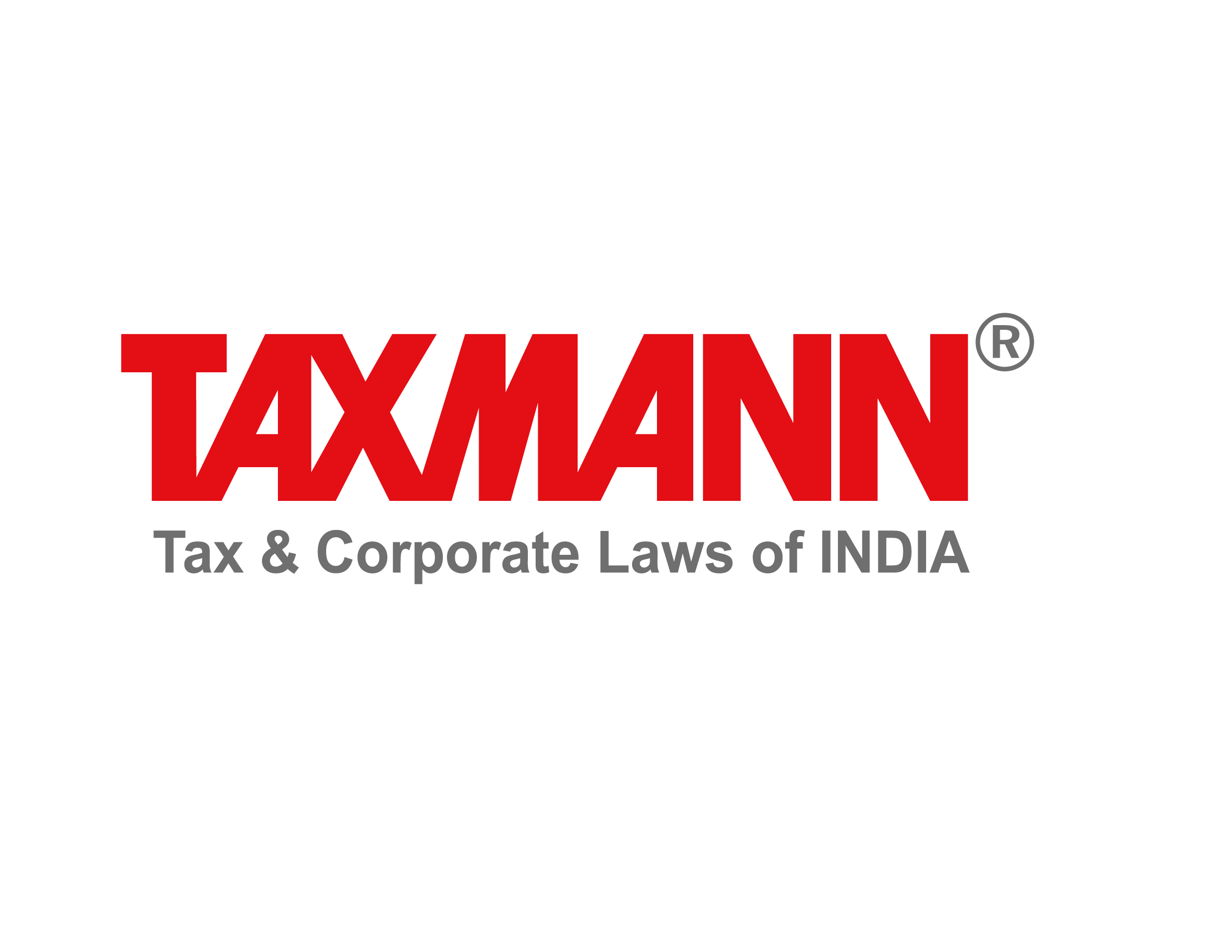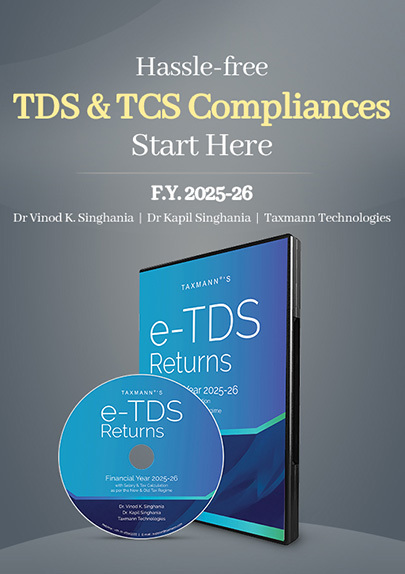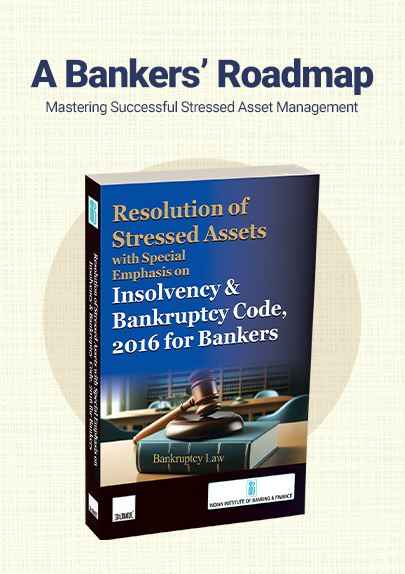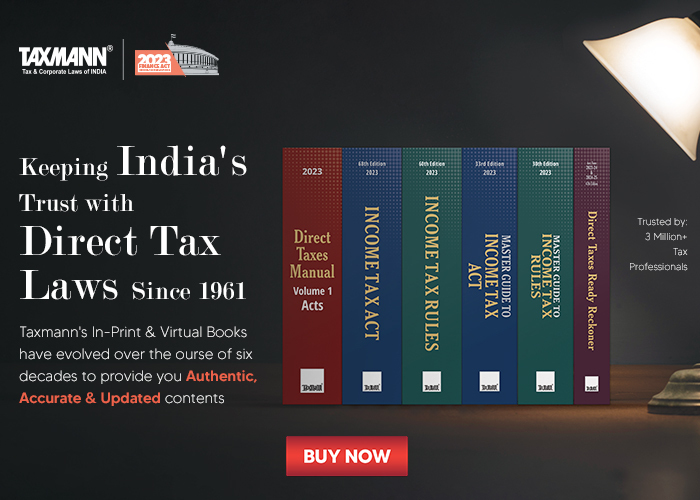Audit Planning – Key Steps | Strategy | Best Practices
- Blog|Account & Audit|
- 10 Min Read
- By Taxmann
- |
- Last Updated on 18 March, 2025
Audit Planning is the structured process of defining the scope, objectives, and approach for an audit. It involves setting an overall audit strategy, determining the nature, timing, and extent of procedures, allocating resources, and directing the engagement team—ensuring that the audit is both effective and efficient in meeting its objectives.
Table of Contents
- Overview of Audit Process
- Auditor’s Responsibility to Plan an Audit of F.S.
- Audit Strategy
- Audit Planning
- Audit Programme
Check out Taxmann's Audit Notes | Auditing & Ethics | Auditing | CLASS NOTES which is printed on premium glossy paper with a multi-coloured layout for an engaging and durable reading experience. It features a clear, font-optimised design for comfortable, long study sessions. The concise, point-wise format ensures efficient learning and quick revision, while flowcharts and visual aids break down complex topics. The key concepts are emphasised with yellow points for basic understanding and red points for high-priority exam content, making this book a comprehensive and user-friendly study tool. CA Inter | New Syllabus | Jan./May/Sept. 2025 Exams
1. Overview of Audit Process
1.1 Audit Engagement
Client and Auditor – enters into a relationship (SA-210)
1.2 Audit Planning
(A) Preliminary Engagement Activities
(i) Performing client Acceptance/Continuance Procedures
(ii) Establish terms of Engagement
(iii) Evaluating compliance with Ethical Requirements
(B) Planning Activity
(A) Establish Audit Strategy
(i) Selection of Audit Approach
(ii) Optimum Utilisation of resources
(iii) Set Scope, Timing and Direction of Audit
(B) Develop an overall Audit Plan
(i) Record of NTE of RAPs
(ii) Record of NTE of FAPs
(iii) Record of Other Procedures planned to be performed
1.3 Audit Execution
- Perform RAP
- To identify and Assess – RoMM (Through understanding the entity, its environment & Internal Control)
- Perform Further Audit Procedures (FAPs)
-
- Test of Control – to evaluate Existence, Effectiveness and Continuity of ICs
- Substantive Procedures – Examine the Accuracy, Completeness & Validity of Accounting Information
- Auditor Collects Audit Evidences
1.4 Audit Conclusion & Reporting
2. Auditor’s Responsibility to Plan an Audit of F.S.
2.1 Meaning
- Planning an audit involves developing an overall plan for expected scope & conduct of audit and developing an audit programme showing NTE of audit process.
- SA 300 “Planning an Audit of Financial Statements” deals with auditor’s responsibility to plan an audit of F.S.
- Auditor’s Objective – To plan audit so that it will be performed in an effective manner.
2.2 Benefits of Planning
- To devote appropriate attention to important areas of audit.
- To identify and resolve potential problems on a timely basis.
- To perform audit in effective and efficient manner through proper management.
- Assists auditor in selection of ET members with appropriate levels of capabilities and competence.
- Facilitates direction & supervision of ET members and review of their work.
- Coordination of work done by auditors of components and experts.
2.3 Planning – a Continuous Process
- Planning is not a discrete phase of audit process; rather continuous process that begins shortly after completion of previous audit & continues until completion of current audit.
- Planning includes consideration of timing of certain activities and audit process that need to be completed prior to performance of further audit procedures. For Ex.:
-
- Analytical procedures to be applied as risk assessment procedures (RAPs).
- Obtaining general understanding of legal and regulatory framework.
- Determination of materiality.
- Involvement of experts.
- Performance of other RAPs.
2.4 Purpose for which Key ET Members to be involved in Planning
- For participation in discussion with audit team.
- To get benefit of their experience & insight.
- To increase effectiveness and efficiency of Planning.
2.5 Elements of Planning
- Preliminary engagement activities;
- Planning activities
(1) Preliminary Engagement Activities
- Performing procedures regarding continuance of client relationship.
- Evaluating compliance with ethical requirements, including independence.
- Establishing understanding of terms of engagement.
Performing procedures regarding the continuance of the client relationship
- Ensure that appropriate procedures regarding acceptance & continuance of client relationships & audit engagements have been followed & conclusions reached are appropriate.
- Obtain necessary information before:
-
- accepting an engagement with new client,
- deciding whether to continue an existing engagement, and
- considering acceptance of new engagement from existing client.
- Matters such as integrity of principal owners & key management, competence of ET to perform audit engagement & implications of matters that have arisen during current and previous audit engagement may need to be considered.
Evaluating compliance with ethical requirements, including independence
EP shall form a conclusion on compliance with independence requirements.
- Obtain relevant information from firm to identify and evaluate circumstances & relationships that create threats to independence.
- Evaluate info on identified breaches, to determine whether they create a threat.
- Take appropriate action to eliminate threats or reduce them to acceptable level by applying safeguards, or, if appropriate, to withdraw from audit engagement.
- Promptly report to firm any inability to resolve the matter for appropriate action.
Establishing an understanding of terms
It is in interests of entity & auditor that auditor sends an engagement letter before commencement of audit to help avoid misunderstandings with respect to the audit.
(2) Planning Activities
- Establishing the overall audit strategy; and
- Developing an audit plan.
3. Audit Strategy
3.1 Meaning
Designing optimised audit approaches that seek to achieve necessary audit assurance at lowest cost within constraints of information available.
3.2 Benefits of Audit Strategy
- Employment of Qualitative Resources – Audit strategy helps in deploying appropriate resources for specific audit areas, such as use of experienced team members for high-risk areas or involvement of experts on complex matters.
- Allocation of Quantity of Resources – Audit strategy helps in allocating appropriate number of resources to specific audit areas, such as number of team members assigned to observe inventory count at material locations, or audit budget in hours to allocate to high-risk areas.
- Timing of Deployment of Resources – Audit strategy helps in determining timing of deploying the resources, such as whether at an interim audit process or at key cut-off dates.
- Management of Resources – Audit strategy helps in managing, directing, supervising resources, such as when team briefing & debriefing meetings are expected to be held, how EP and manager reviews are expected to take place & whether to complete engagement quality control reviews.
3.3 Establishment of Overall Audit Strategy
As per SA 300 “Planning an Audit of F.S.” auditor shall establish an overall audit strategy that sets scope, timing and direction of the audit, and guides development of audit plan. In establishing overall audit strategy, auditor shall:
- Identify characteristics of engagement that define its scope;
- Ascertain reporting objectives of engagement to plan timing of audit and nature of communications required;
- Consider factors that are significant in directing ET efforts;
- Consider results of preliminary engagement activities; and
- Ascertain NTE of resources necessary to perform engagement.
Considerations of Characteristics of Engagement
There are many characteristics of engagement defining its scope, including:
- FRF applicable to the entity.
- Nature of business segments to be audited including need for specialized knowledge.
- Industry specific reporting requirements required by industry regulators.
- Expected use of audit evidence obtained in previous audits.
Considerations of Reporting Objectives
Ascertaining reporting objectives of engagement helps auditor to plan timing of different audit procedures & nature of communications. Some of the instances to be considered are:
- Entity’s timetable for reporting, such as at interim and final stages.
- Organization of meetings with management & TCWG to discuss NTE of audit work.
- Discussion with management regarding expected type & timing of reports to be issued.
- Expected nature & timing of communications among ET members, including nature & timing of team meetings and timing of review of work performed.
Consideration of factors significant in directing the ET efforts
Auditor needs to direct efforts of ET towards matters that in his professional judgment are significant. More energies need to be devoted to significant matters to obtain desired outcomes. Few examples are listed as under:
- Volume of transactions which may determine whether it is more efficient for auditor to rely on internal control.
- Significant industry developments such as changes in industry regulations and new reporting requirements.
- Significant changes in FRF, such as changes in ASs.
- Other significant relevant developments, such as changes in legal environment affecting the entity.
4. Audit Planning
4.1 Development of Audit Plan
- Once overall audit strategy has been established, audit plan can be developed to address various matters identified in audit strategy.
- Understanding client’s business is important principles in developing audit plan.
- As per SA-300, auditor shall develop audit plan that shall include description of:
-
- NTE of planned RAP(s);
- NTE of planned FAP(s) at assertion level; and
- Other planned audit procedures required to be carried out.
4.2 Relationship between Audit Strategy & Audit Plan
- Audit strategy sets overall approach to audit whereas audit plan addresses various matters identified in overall audit strategy.
- Audit strategy determines scope, timing & direction of audit. Audit plan describes how strategy is to be implemented. Audit plan is more detailed than overall audit strategy.
- Once overall audit strategy has been established, audit plan can be developed to address various matters identified in overall audit strategy.
- Establishment of overall audit strategy and detailed audit plan are not necessarily discrete or sequential processes, but are closely inter-related since changes in one may result in consequential changes to the other.
4.3 Overall Audit Strategy & Audit Plan – Auditor’s Responsibility
- Overall audit strategy and audit plan remain auditor’s responsibility.
- It is auditor who is responsible for establishing overall audit strategy and developing audit plan.
- However, auditor may discuss elements of planning with entity’s management without compromising effectiveness of audit.
4.4 Changes to Planning Decisions
- Auditor shall update & change overall audit strategy and audit plan as necessary during audit. Auditor may need to modify overall audit strategy & audit plan as a result of:
-
- unexpected events,
- changes in conditions, or
- audit evidence obtained from results of audit procedures.
- Based on revised consideration of assessed risks, auditor need to modify NTE of FAPs. This may be case when information comes to auditor attention that differs significantly from information available when auditor planned audit procedures. For example, audit evidence obtained through performance of substantive procedures may contradict audit evidence obtained through ToCs.
4.5 Planning the Direction and Supervision of Engagement Team
- As per SA 300, auditor shall plan NTE of direction & supervision of ET members and review of their work.
- NTE of direction & supervision of ET members & review of their work depends on many factors, including:
-
- Size & complexity of entity.
- Area of audit.
- Assessed RoMM.
- Capabilities & competence of individual team members performing audit work.
4.6 Documentation of Audit Plan
Auditor shall document:
- Overall audit strategy;
- Audit plan; and
- Significant changes made to audit strategy or audit plan, and reasons for changes.
-
- Documentation of overall audit strategy is record of key decisions considered necessary to properly plan audit and to communicate significant matters to ET.
- Documentation of audit plan is record of planned NTE of RAPs & FAPs at assertion level in response to assessed risks. It also serves as record of proper planning of audit procedures that can be reviewed and approved prior to their performance.
- Record of significant changes to overall audit strategy & audit plan & resulting changes to planned NTE of audit process, explains why significant changes were made, and overall strategy & audit plan finally adopted for audit.
5. Audit Programme
5.1 Meaning
Detailed plan of applying the audit process in given circumstances with instructions for the appropriate techniques to be adopted for accomplishing the audit objectives.
5.2 Evolving Audit Programme for Different Audits
- Evolving audit programme applicable to all business entities under all Circumstances is not practical.
- This is due to:
-
- Varying nature, size and legal form of Business entities.
- Work suitable to one business may not be suitable to another.
- Efficiency & operation of ICs and exact nature of services to be rendered by auditor differs from assignment to assignment.
- Hence, it is required to develop an audit programme that specify in detail, nature of work to be performed in a particular engagement.
5.3 Assistant to Keep an Open Mind
- During Initial stage, auditor should frame a programme, having regard to:
-
- nature, size and composition of business;
- dependability of Internal control;
- scope of work.
- Such programme may be considered as a Standard Programme.
- As experience is gained & information is collected, programme may be suitably altered, for relevant matters.
- If any work originally covered in audit programme, appears to be unnecessary, it may be dropped.
- Hence, assistants engaged in audit should be encouraged to keep an open mind beyond the programme given to them.
- Any significant matter, noticed by them, should be informed to Senior persons in firm.
5.4 Periodic Review of Audit Programme
- Auditor shall review audit programme periodically to assess whether same continues to be adequate for obtaining requisite knowledge & evidences about transactions.
- Utility of audit programme can be maintained by keeping programme under periodic review so that inadequacies or redundancies may be identified & audit programme may be updated.
- If periodic review is not done, auditor may not be able to identify Changes in business policies of client; and audit work performed on basis of obsolete audit programme, will not be considered effective & efficient and hence auditor may have face consequences.
5.5 Points to be Considered in Constructing Audit Programme
- Stay within scope and limitation of assignment.
- Prepare written audit programme containing procedures needed to implement plan.
- Determine evidence reasonably available and identify best evidence for deriving the necessary satisfaction.
- Apply only those procedures which are useful in accomplishing verification purpose.
- Include audit objectives for each area of audit & sufficient details which serve as a set of instructions for assistants in proper execution of the work.
- Consider all possibilities of error.
- Coordinate procedures to be applied to related items.
5.6 Audit Programme – Designed to Provide Audit Evidence
- Audit programme is designed for the purposes of obtaining audit evidences through prescribed procedures and techniques.
- Audit Evidences may be collected through any of the following:
-
- Documentary Examination
- Physical Examination
- Arithmetical calculations
- Statements and Explanations of Mngt. officials and Employees; Third Parties
- Inter relationship of accounting data
- Inspection of Minute book
- Inspection of Subsidiary & Memoranda Books
- Examples:
-
- For cash in hand, the best evidence is ‘count’.
- For investment pledged with a bank, the banker’s certificate.
- For verifying assertions about book debts, client’s ledger invoices, debit notes, credit notes, monthly accounts statement sent to customers are all evidence.
5.7 Advantages
- It provides assistants with clear set of instructions of the work to be done.
- It provides a total perspective of work to be performed.
- Selection of assistants for the jobs on the basis of capability becomes easier.
- Assistants, by putting their signature on programme, accept responsibility for work carried out by them and, if necessary, work done may be traced back to assistant.
- Principal can control progress of various audits in hand by examination of audit programmes initiated by assistants deputed to jobs for completed work.
- It serves as a guide for audits to be carried out in succeeding year.
- A properly drawn up audit programme serves as evidence in event of any charge of
negligence being brought against the auditor.
5.8 Disadvantages
- Work may become mechanical and particular parts of the programme may be carried out without any understanding of object of such parts.
- Programme often tends to become rigid and inflexible; business may change in its operation of conduct, but old programme may still be carried on.
- Inefficient assistants may take shelter behind the programme i.e. defend deficiencies in their work on ground that no instruction in matter is contained therein.
- Hard & fast audit programme may kill initiative of efficient & enterprising assistants.
Disadvantages of an Audit programme may be eliminated by:
- imaginative supervision of work carried on by the assistants;
- receptive attitude of auditor as regards the assistants;
- encouraging assistants to observe matters objectively and bring significant matters to notice of supervisor/principal.
Disclaimer: The content/information published on the website is only for general information of the user and shall not be construed as legal advice. While the Taxmann has exercised reasonable efforts to ensure the veracity of information/content published, Taxmann shall be under no liability in any manner whatsoever for incorrect information, if any.

Taxmann Publications has a dedicated in-house Research & Editorial Team. This team consists of a team of Chartered Accountants, Company Secretaries, and Lawyers. This team works under the guidance and supervision of editor-in-chief Mr Rakesh Bhargava.
The Research and Editorial Team is responsible for developing reliable and accurate content for the readers. The team follows the six-sigma approach to achieve the benchmark of zero error in its publications and research platforms. The team ensures that the following publication guidelines are thoroughly followed while developing the content:
- The statutory material is obtained only from the authorized and reliable sources
- All the latest developments in the judicial and legislative fields are covered
- Prepare the analytical write-ups on current, controversial, and important issues to help the readers to understand the concept and its implications
- Every content published by Taxmann is complete, accurate and lucid
- All evidence-based statements are supported with proper reference to Section, Circular No., Notification No. or citations
- The golden rules of grammar, style and consistency are thoroughly followed
- Font and size that’s easy to read and remain consistent across all imprint and digital publications are applied








 CA | CS | CMA
CA | CS | CMA



